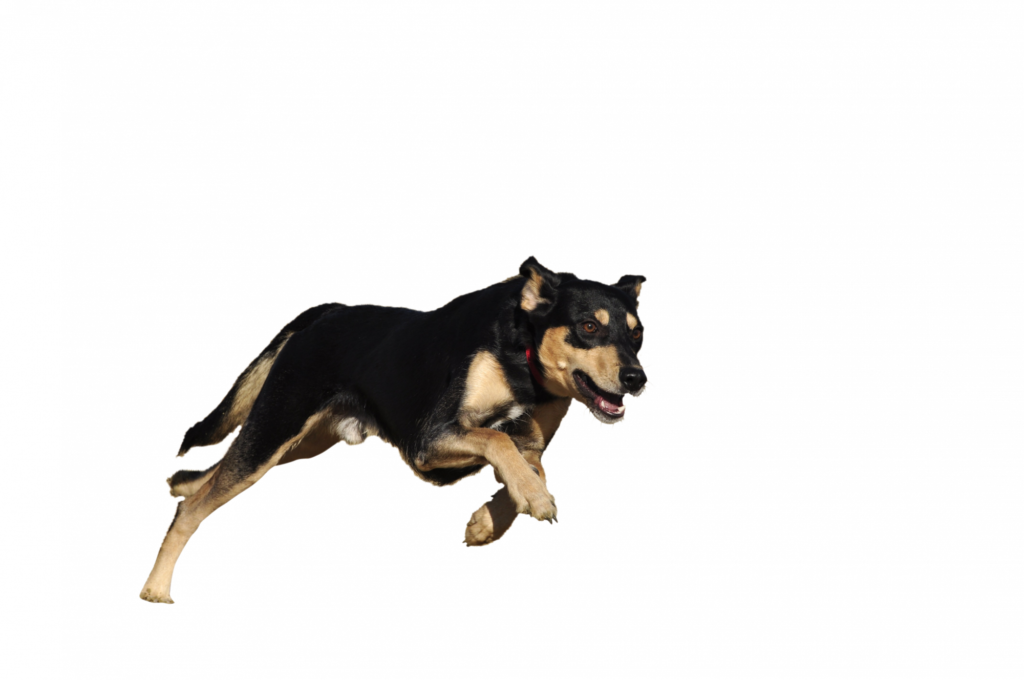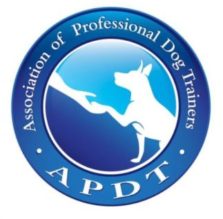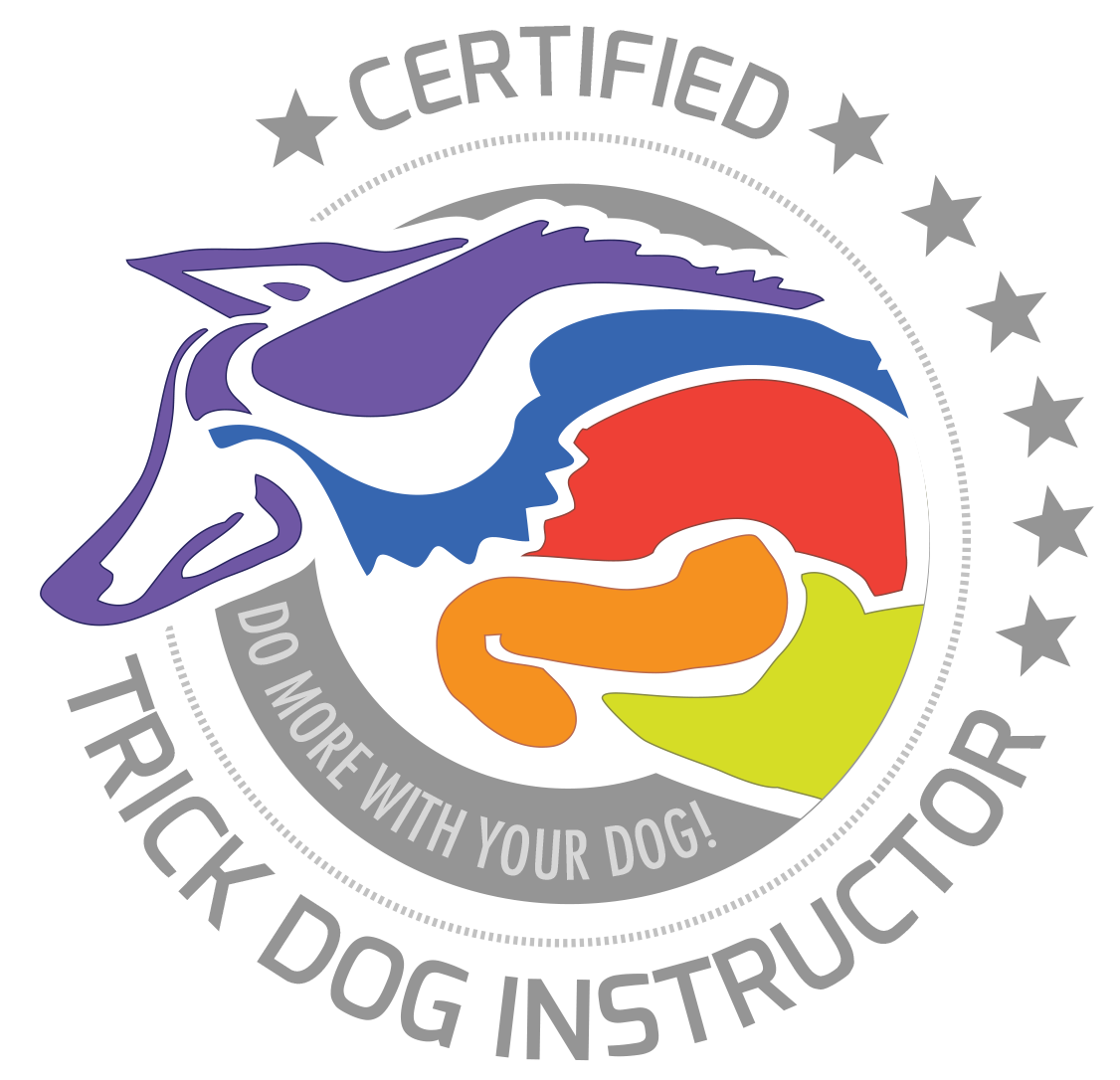Check list to follow before starting dog obedience training
Obedience and good house manners start with “Exercise”!
What is dog obedience training? For most people it means good social manners. Lack of exercise or mental stimulation can cause boredom and frustration which lead to unruly or destructive behaviors such as chewing, barking, jumping, digging, etc. and poor training results.

Check list with the most common signs:
- the pup is consistently jumping and running through out the house/room with no limits;
- they are consistently nipping/grabbing your legs, hands, clothes, etc. and it’s almost impossible to get their attention or redirect;
- the puppy can’t hear what you say;
- they cannot focus on you for more than 1 or 2 seconds;
- training seems impossible, the puppy is not learning;
- you can’t get them to hold a sit or lay down;
- barking for attention or for no apparent reason.
If you checked “yes” on more than 2 items above, it’s time to re-evaluate the amount of time your puppy spends burning his energy in a constructive way.
Types of activities that serve as a good energy outlet:
- lots of play time and games like fetch or tug of war;
- spending more time outdoors, running, chasing balls, hiking, playing in the snow and catching snowballs;
- car rides, trip to a park where you can just sit on a bench while the puppy plays or calmly observes the environment,
- play dates with other puppies.
Keep in mind that most dogs, especially puppies and young dogs don’t like to be left outside in the back yard by themselves. You need to engage with them and show them how to play. One easy way to help them release the built-up energy is to make them run by chasing a toy or a ball.
What to do?
- Set up a daily schedule for your dog including some of these activities. It helps your dog achieve a calmer and better behavior at home.
- High energy dog breeds such as those belonging to the working, herding or sporting groups require more exercise and play time. These dogs, especially puppies and young dogs (up to 1.5 – 2 years old), may need an average of 3 hours of activity in a day or even more. This activity can include lots of play time, enrichment or mental stimulation. Most common breeds with high energy levels: Border Collies, Belgian Malinois, most sheep dogs, mountain dogs, Golden Retrievers, Labrador Retrievers, German Shepherds, Cattle dogs, Hounds, some Terriers, Huskies, Weimaraner, Poodles or any mix of these. You can find a full list here.
Remember: a tired dog is a good dog!
Before you start dog obedience training
- When you first start training, choose a quiet spot. First sessions should have no distraction.
- Make sure you have a training leash and a buckle collar. Your pup needs to get to wearing them. They also give you control over the puppy and it helps if they get distracted and try to walk away.
- Prepare some treats ahead of time. You can put them in your pocket or in a treat pouch behind your back. This will help your dog focus on you rather than on the treats.
- Start training!
- Keep your sessions short and fun and always end with a positive and successful behavior!
For more about dog and puppy training Click HERE.







